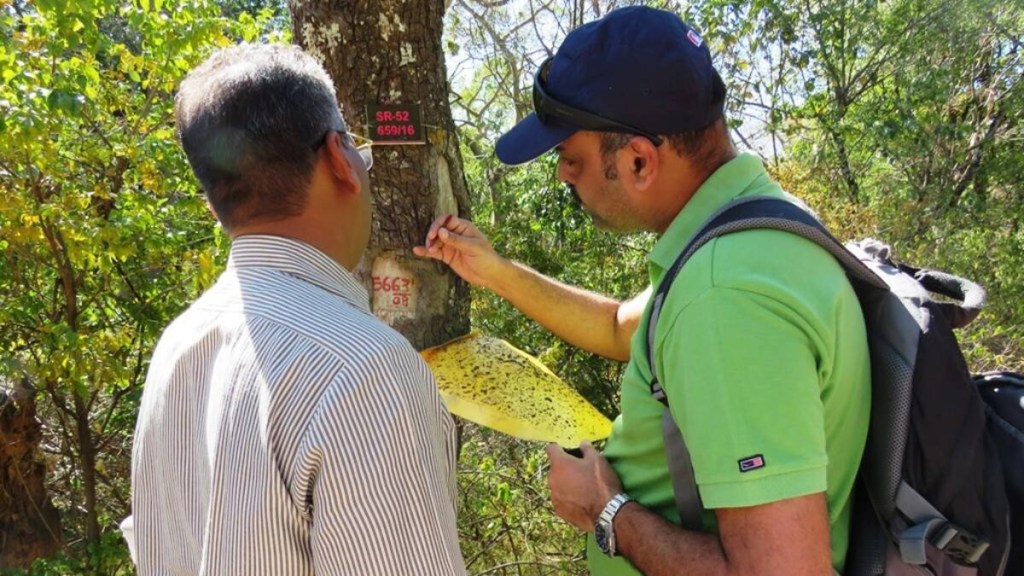In its significant study, the National Centre for Cell Science (NCCS) found out that Sandalwood spike disease (SSD) has almost wiped out the sandalwood population from the forests of southern India. Scientists have reported that the disease was spreading through sandalwood seedlings. The researchers also found SSD was spreading through seeds too that could pose threat to the commercial distribution of sandalwood seedlings.
The study published recently in Biology – an international research journal – was done by Dr Amit Yadav and his team at Pune’s NCCS in collaboration with Dr R Sundarraj from the Bengaluru-based institute.
“The epidemiology of SSD is still poorly understood despite the efforts to understand the involvement of insect vectors in SSD transmission over the last two decades,” said Dr Yadav quoted by The Indian Express.
Also Read | Haryana Forest Department and USAID launch initiative to increase tree coverage
Known for over 100 years, Sandalwood spike disease has been known for around 100 years. It has badly affected sandalwoods in the southern states, which caused a severe shortage of sandalwood-based products. Sandalwood’s productions have declined annually in the country by 20 per cent since 1995. The declining numbers of sandalwood plants have pushed them into the International Union for Conservation of Nature (IUCN) “red list” of threatened species in 1998 and listed as “vulnerable (vu)” in 2019, according to researchers reported by The Indian express.
“We used advanced and highly sensitive real-time PCR assays to detect the phytoplasma DNA. The real-time nested PCR-based screening revealed an alarming rate of 38.66 per cent and 23.23 per cent phytoplasma positivity in one-month and four-month-old seedlings, respectively. Usually, embryos (which give rise to seedlings) are considered sterile. These results were further validated by visualising the phytoplasma cells in sandalwood tissues using scanning electron microscopy,” Dr Yadav added.
In India, nursery-raised seedlings have been a primary source of sandalwood saplings distributed to the private and state forest departments.
The seedlings raised by nurseries are the prime source of sandalwood saplings in India. They are distributed to the private and state departments.

